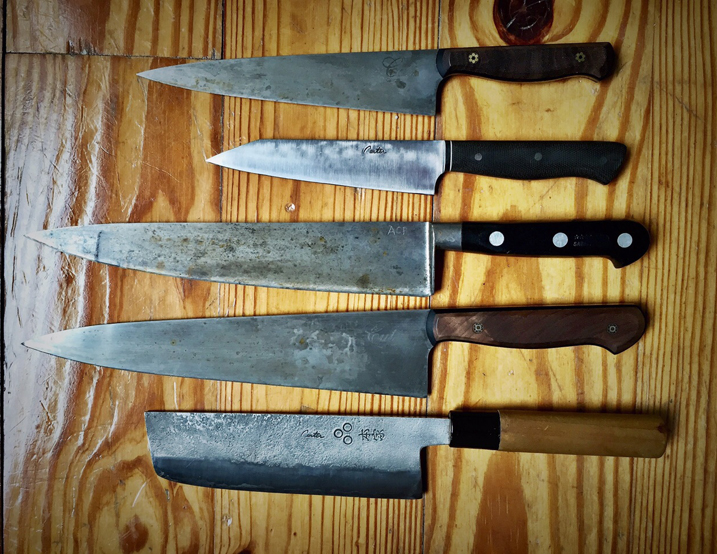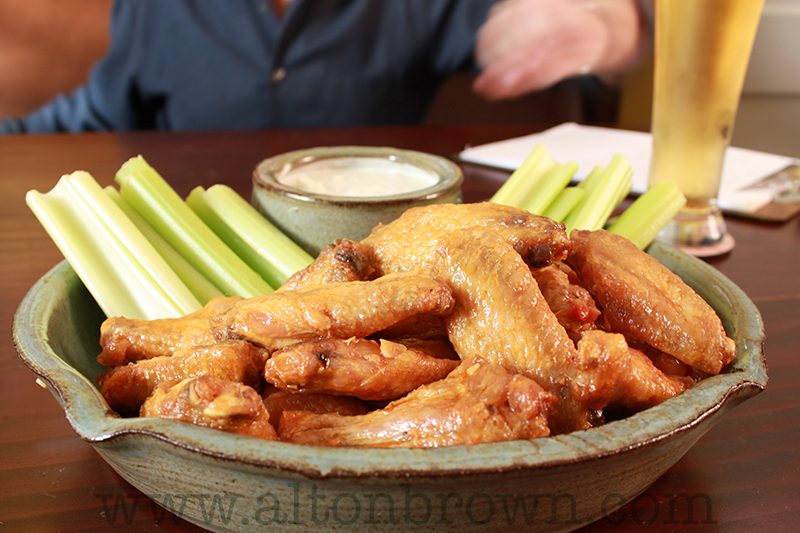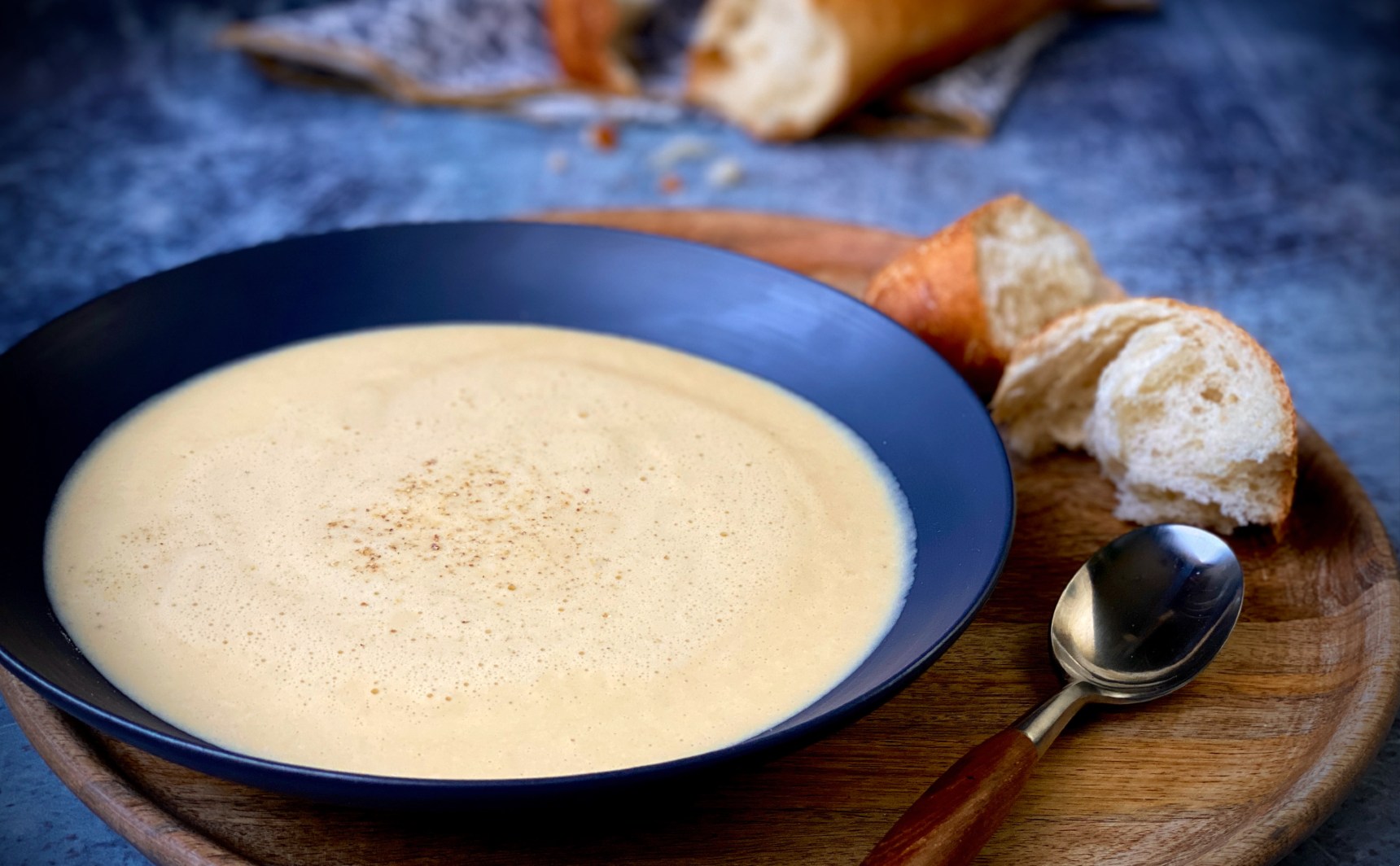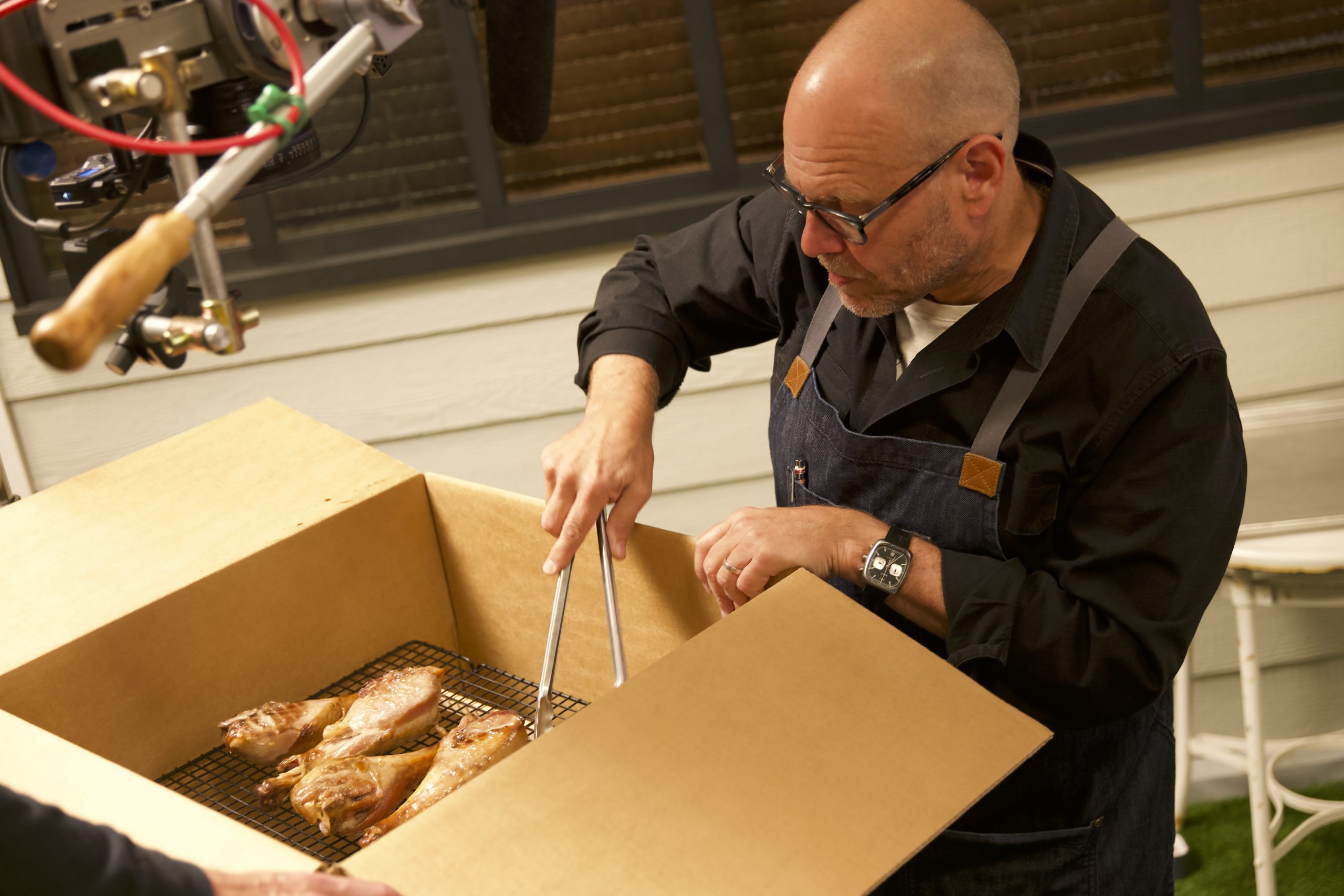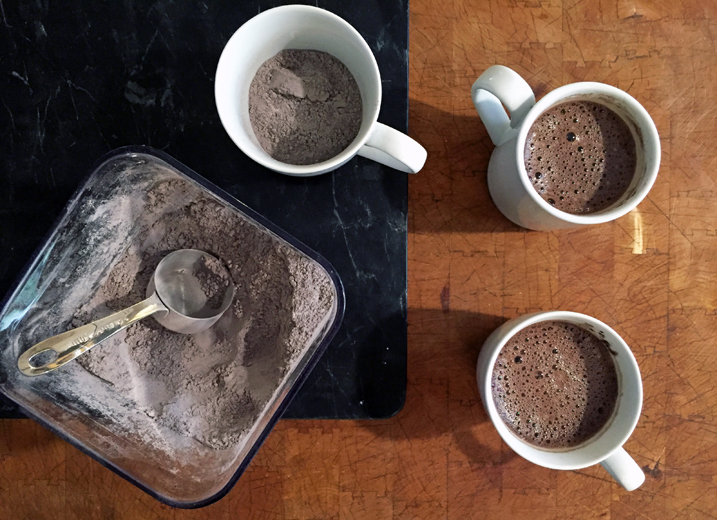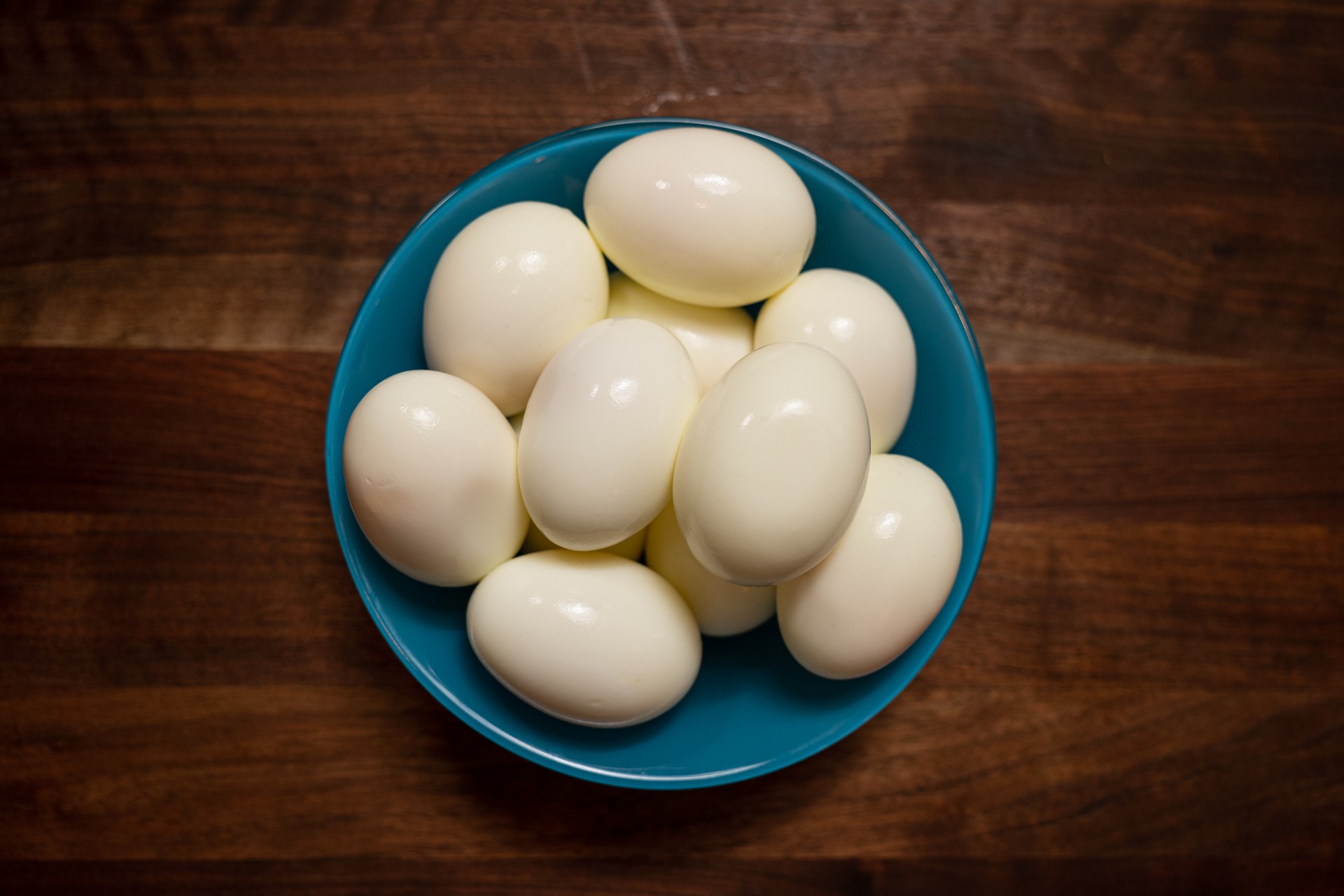

SEARCH

No tools define a cook more than his or her knives. Why do you think we carry them around in rolls instead of hauling backpacks full of pots and pans? Exactly.
Pictured above are some of my personal favorites, including two Murray Carter knives, two Cut Brooklyn knives, and one very old Sabatier knife. All are made of carbon steel which can be sharpened to near light saber sharpness. They tend to discolor, however, and require more sharpening. The bottom is a good example of a nakiri, and the second from the top is a utility knife with a santoku-style tip.
Here are some random tips when shopping for kitchen knives:
1. You don’t need many. Honest. If you’re just starting out, look for a chef’s knife in the 8- to 10-inch range, a large serrated bread knife, and a utility blade blade in the 4- to 6-inch range.
What? No paring knife? Actually, I hate paring knives. I don’t even own one anymore. When you’re ready to move on, contemplate a semi-flexible boning knife for butchery duties and a long slicer for thinly dispatching roasts and the like.
Also, I’d get a decent pair of kitchen shears, the kind that come apart into two pieces. I never cut with a knife what I can cut with scissors. After all, I’ve been using those things since kindergarten.
2. By and large, I think the Japanese manufacture the best cutlery in the world, much better than the big European brands that came to dominate the American market in the 90s. Superior steel aside, many find that Japanese shapes such as those of the santoku, with its dropped point, and the cleaver-like nakiri, are handier in the modern kitchen.
3. That said, when you’re ready to invest in R.G.S. (really good s***), I’d look to America. For my money, Cut Brooklyn and Murray Carter Cutlery (made in New York and Oregon respectively) are as good as any knives in the world. Both can be sought out on the interwebs. Cheap? No. Worth it? Totally.
4. Steer clear of sets…period. No exceptions. Ever.
5. When it comes to storage, I have two words: magnetic strips.
6. The board matters, too. Cutting is a system involving your hand, a knife, some food, and a cutting board. I cannot over-emphasize the importance of the omega component. I’ve seen people buy $300 blades and then run them on a cheap board and curse the knife. Your board needs to be heavy and it needs to be rock maple. Plastic boards are fine for butchery, but when it comes to serious slicing and dicing (not to mention chopping and mincing), you want wood. Bamboo? I’m not a fan. Give me a maple board from the John Boos company every time. And no, they don’t pay me to say that.
7. Want to know how to turn a quality knife into a box cutter? Cut a box. It’s just that simple.
8. Want to know another way to turn a quality knife into a box cutter? Put it in the dishwasher. Once is all it takes. But seriously, don’t do it. Handwashing is the only way to clean your knives.
9. If you like your knives sharp, have those edges maintained regularly by a professional knife sharpener once or twice a year. Do not use a honing steel — you’ll put your eye out!
10. Never, ever, ever run with knives.












